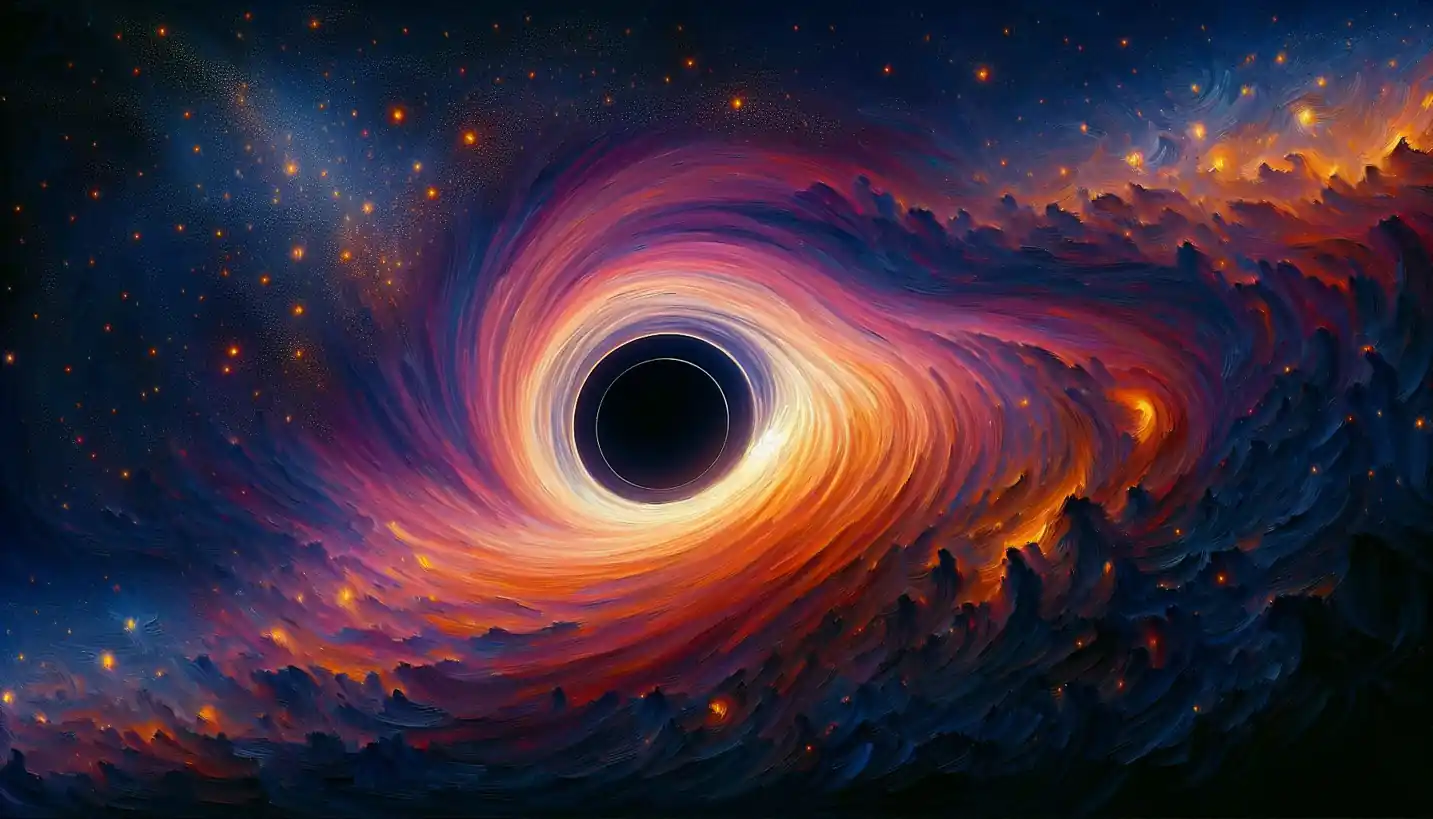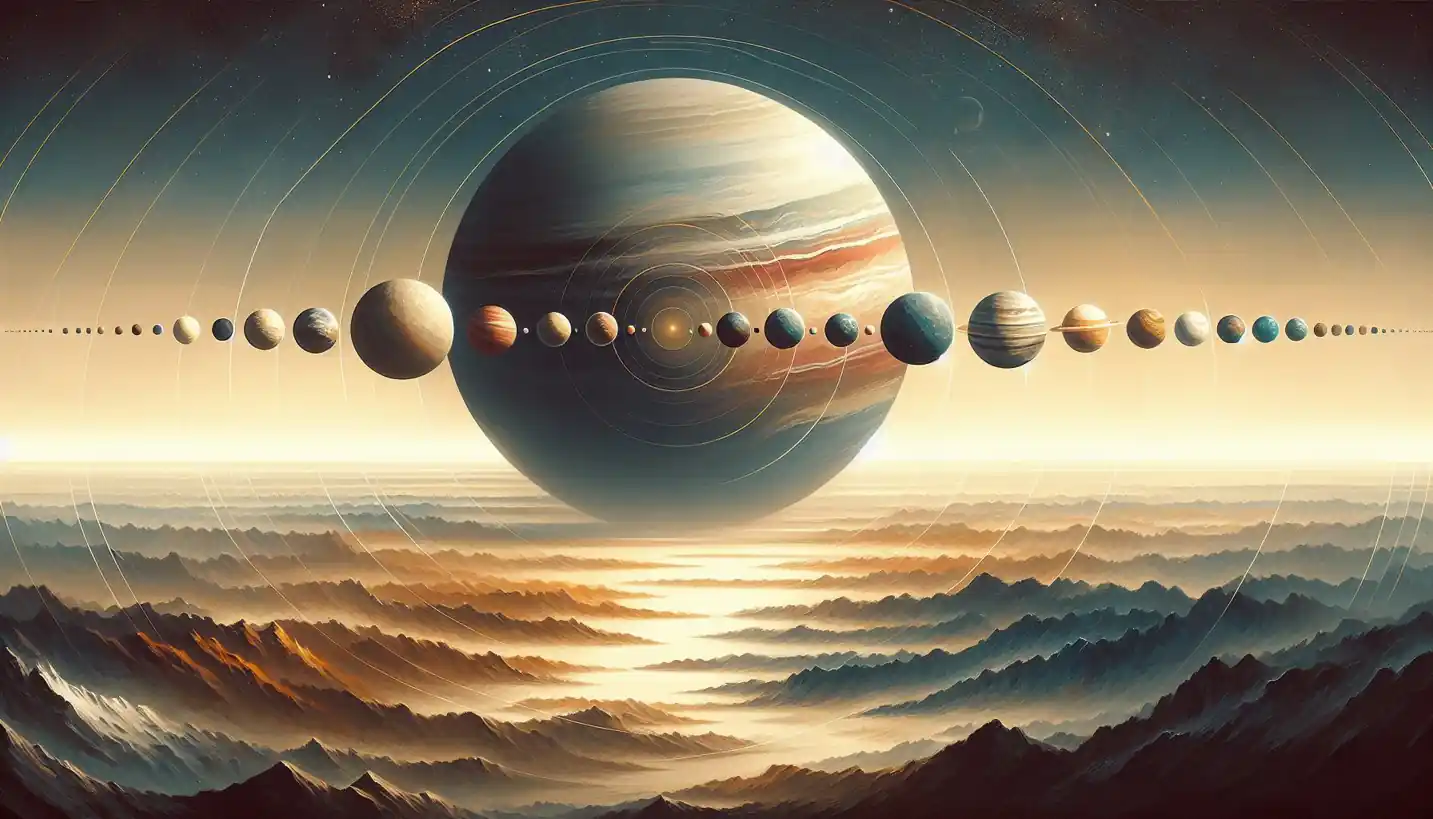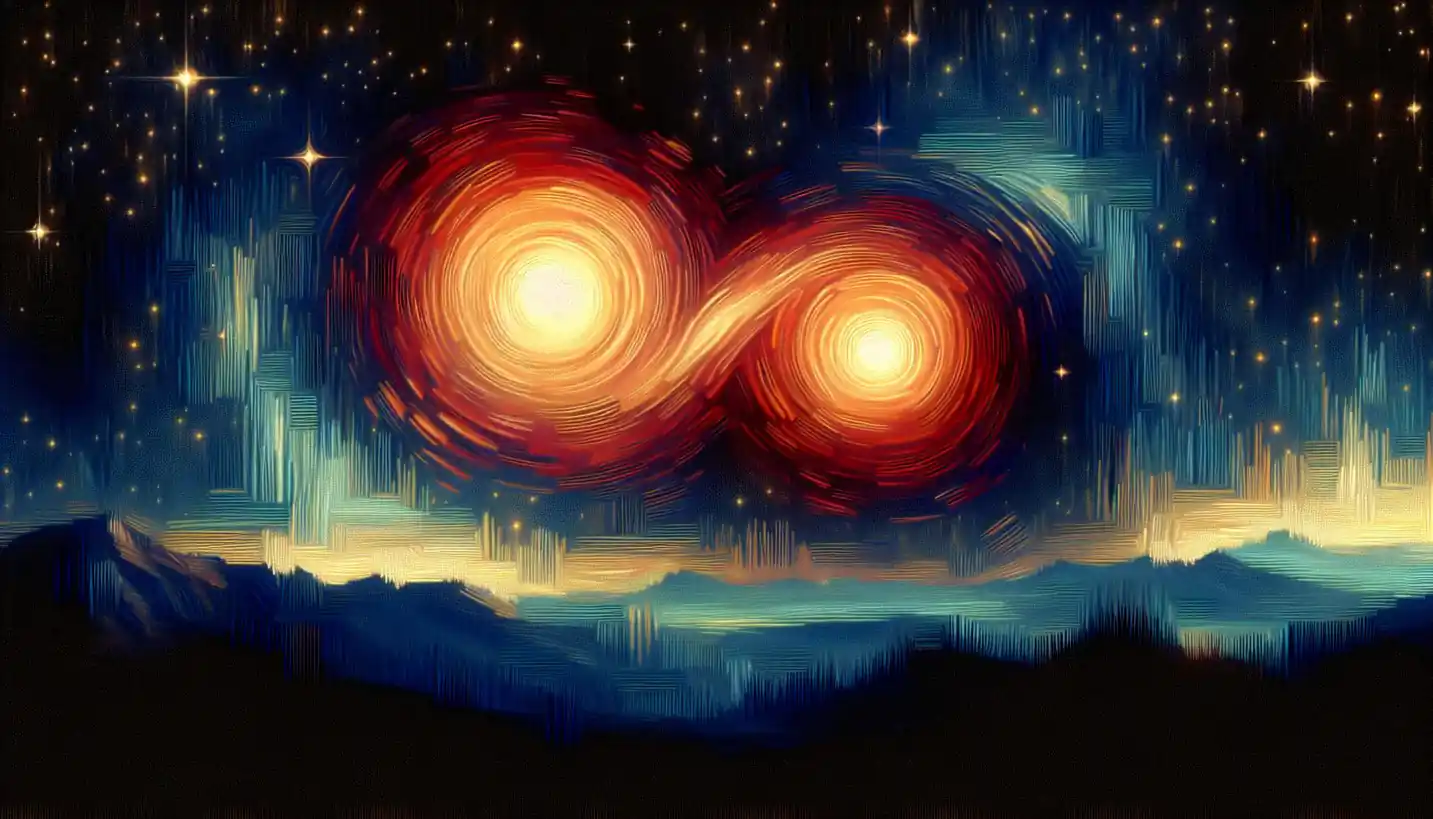· Astronomy · 5 min read
Focal Length: Understanding the Heart of Optical Astronomy
Focal length is the heart of optical astronomy. Learn how this vital element shapes the way we see and explore cosmic wonders.

Telescopes have always fascinated us. Picture standing in your backyard, peering through a telescope, and suddenly, the wonders of the universe unfold before you. But have you ever wondered what makes these distant views so vivid and detailed? A key part of this magic lies in a simple yet powerful concept: focal length. In optical astronomy, the focal length is like the heart of telescopic vision, determining how we view the cosmos.
What is Focal Length?
Imagine you’re holding a magnifying glass on a sunny day, trying to focus a beam of light onto a piece of paper. When you find just the right distance where the light converges to the smallest point, that’s similar to what focal length is in a telescope. It’s the distance from the lens or mirror inside the telescope to the point where the light rays converge to form a sharp image.
In a telescope, the focal length plays a vital role in determining two things: magnification and the field of view. Longer focal lengths provide greater magnification, letting us zoom in on distant planets or stars. However, they often have a smaller field of view, meaning we see less of the sky at once. It’s a bit like using a camera lens; a zoom lens allows you to see details far away but captures a smaller area.
The Role of Focal Length in Telescopes
Optical telescopes use either lenses or mirrors to collect and focus light. This process transforms rays from distant sources, like stars and galaxies, into clear images that our eyes or cameras can interpret. The focal length determines how light is manipulated inside the telescope.
For instance, a refractor telescope uses lenses to bend light to a focal point. In contrast, a reflector telescope uses mirrors to achieve the same goal. Despite their differences, both rely on focal length to manage how the light is focused and the clarity of the resulting image.
How Focal Length Affects Observations
The beauty of focal length is that it significantly influences what astronomers and stargazers can see:
Magnification: Think of magnification as bringing an object closer to you. The longer the focal length, the greater the magnification you’ll achieve with a given eyepiece. High magnification is excellent for observing fine details on planets or the surface of the moon.
Field of View: However, greater magnification usually means a narrower field of view. This is perfect for honing in on a particular object, but if you’re aiming to explore large swathes of the Milky Way, a telescope with a shorter focal length is ideal.
Image Brightness and Detail: Longer focal lengths can help in minimizing certain aberrations, providing sharper images, which is crucial for observing faint celestial objects. However, they may result in dimmer views because the light is spread over a larger area.
Practical Examples in Astronomy
To visualize focal length in action, let’s consider a couple of scenarios:
Planet Hunting: When observing planets like Jupiter or Saturn, telescopes with long focal lengths are preferred. They provide the high magnification needed to see surface details or the rings of Saturn distinctly.
Wide Sky Viewing: If your goal is to study large celestial structures, such as the Andromeda Galaxy or vast nebulae, a telescope with a shorter focal length gives you a better overview, capturing the breathtaking expanse of these objects.
The Balance between Focal Length and Aperture
While focal length is critical, it does not act alone. The aperture, or the diameter of the telescope’s main lens or mirror, also plays a role. A large aperture allows more light to enter, enhancing the telescope’s ability to highlight faint stars and galaxies.
Balancing focal length and aperture is akin to properly mixing ingredients in a recipe. Adjusting one without considering the other might not give you the most flavorful result. In telescope design, achieving the right focal length and aperture balance allows astronomers and hobbyists alike to maximize their view, depending on the observational goal.
Making the Right Choice: A Taste for All Levels
For beginner astronomers, choosing a telescope might seem daunting. High focal length telescopes are tempting for their magnification power, but shorter focal length models offer versatility and ease of use, especially for broad explorations.
Advanced astronomers often pick telescopes that match specific viewing needs or research projects. They consider focal length alongside features like mount stability, tracking capabilities, and optical quality to make an informed decision.
Why Focal Length Matters in Cutting-Edge Astronomy
In professional astronomy, where researchers probe the depths of the universe, focal length becomes a key player in customizing instruments. It’s tailored according to the type of investigation, whether it’s observing planets, galaxies, or phenomena like supernovae.
Curious Minds: Explore the Universe with Focal Length
Understanding focal length is not just for the keen astronomer; it’s an entry point into appreciating how we translate the vastness of space into images that inform scientific discovery and stargazing joy. It invites anyone with a telescope and a clear night sky to explore the universe’s fascinating structures.
As we continue to push the boundaries of technology, blending longer focal lengths with advanced optics, new fields will open for exploration. Perhaps the next groundbreaking finding in the universe will be through the lens of someone learning how to optimize their telescope’s focal length.
In the endless vastness of space, all it might take is the right focal length to bring the secrets of the stars a little closer to home. Through the lens of optical astronomy, the cosmos expands, inviting our curious minds to step into its depths and uncover mysteries with clarity and awe.



